Seminar
Optimizing Turbulent Channel Flows: A Passive Approach with Dimples |
| 5 July 2024, Friday, 10:00 - 10:30am | Speaker: Dr. Mahmoud Nasr, Research Scientist, Temasek Laboratories, NUS |
| Venue: Seminar Room 8D-1, Level 8, Temasek Laboratories | Event Organiser Host: Dr. Huang Xin |
|
ABSTRACT |
Energy conservation remains a critical global imperative, especially in sectors like transportation and power generation. This seminar explores the transformative potential of dimples in turbulent channel flow, as a passive method to improve energy efficiency in such vital applications. Through Large Eddy Simulation, various dimple design parameters, including different geometries, sizes, and edge ratios, were rigorously examined. The findings demonstrate the influence of dimple design on turbulent channel flows drag and heat transfer performance as well as the overall efficiency and suggest the possibility of further optimization by tailoring dimple characteristics to specific application needs. The results underscore dimples as a promising passive method for achieving energy savings and optimizing system efficiency. This seminar will be of interest to researchers and engineers working on drag reduction, heat transfer enhancement, and energy efficiency optimization. |
| ABOUT THE SPEAKER |
|

Mitigating Noise in Compact Urban Cities |
| 5 July 2024, Friday, 10:30 - 11:00am | Speaker: Dr. Chin Yao Wei, Research Scientist, Temasek Laboratories, NUS |
| Venue: Seminar Room 8D-1, Level 8, Temasek Laboratories | Event Organiser Host: Dr. Huang Xin |
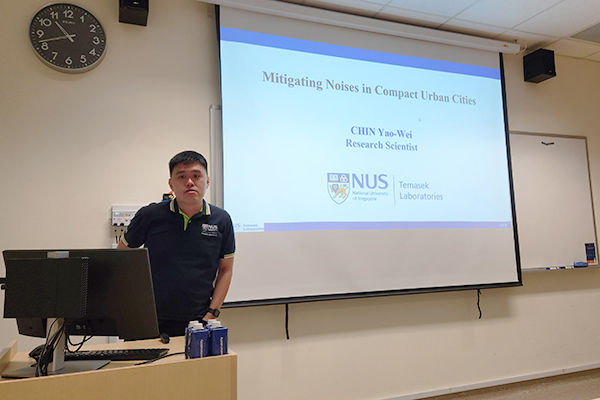
ABSTRACT |
Noise is a liveability and health issue pertinent to compact urban cities like Singapore. Noises from construction activities, traffic, and tunnel ventilation fan (TVF) are of high decibel (70-90 dBA) in the lower sound frequency range of 100Hz-2000Hz, greatly affecting nearby resident’s peace and quality of life. Commercial solutions like noise curtains, rock wool, acoustic foams and train track reflectors could not address sources that require ventilations and is only effective in narrow bandwidth. Over the past years, many silencing technology were developed, such as the active noise cancellation device, sonic crystals, noise absorbers based on the Helmholtz resonator. However, few were suitable for commercialization for public use due to complex design and cost. To address the noise complaints in Singapore context, we present here two acoustic metasurface noise absorber designs based on Helmholtz resonator demonstrated in two case studies - Firstly, a ventilated acoustic metasurface noise barrier wall with ventilation holes designed for reflecting noise back to 24-hr-operating machinery at construction site; Secondly, ventilation louvers made of micro-slit with back cavities noise absorber placed on the TVF shaft opening for absorbing noises from midnight-operating underground TVF of a train station. These outdoor devices could reduce noise significantly (6dBA-13dBA) at the source to fulfil the National Environment Agency’s requirement of noise level of 55 dBA at residential building. |
| ABOUT THE SPEAKER |
|

Inverse Design of Metalens Antennas based on the ControlNet Stable Diffusion Deep Learning Model |
| 5 July 2024, Friday, 2:00 - 3:00pm | Speaker: Dr. Chen Ruonan, Research Scientist, Temasek Laboratories, NUS |
| Venue: Seminar Room 8D-1, Level 8, Temasek Laboratories | Event Organiser Host: Dr. Gan Theng Huat |
ABSTRACT |
Generative models have revolutionized computer vision by effectively capturing complex patterns in large datasets and generating new results. Techniques like generative adversarial networks (GANs) and variational autoencoders (VAEs) have been applied to optimize metalens antenna design for superior performance. Recently, diffusion probabilistic theory has surpassed GANs and VAEs in producing higher quality outputs and reducing mode collapse, making it a powerful tool for diverse and precise image generation tasks. |
| ABOUT THE SPEAKER |
|



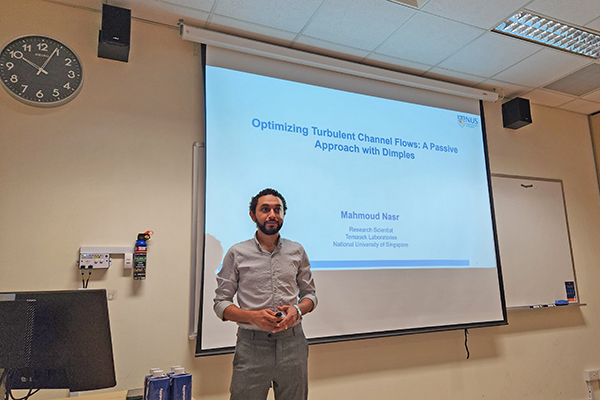
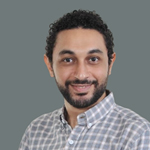 Dr. Nasr, born in Egypt in 1992, holds a diverse academic background. He earned his bachelor's degree in Mechanical Engineering and Master’s degree in Engineering Mathematics (Numerical methods and simulation) from Tanta University, Egypt. Subsequently, he pursued his PhD in Mechanical Engineering at the National University of Singapore (NUS) under the prestigious SINGA scholarship, successfully completing his doctoral studies in 2024. Dr. Nasr is currently appointed as a Research Scientist at the Centre of Aerodynamics and Propulsion at Temasek Laboratories, NUS, focusing on advanced computational fluid dynamics research. His research interests encompass a wide range of topics including flow control, airfoil design optimization, turbulent boundary layer flows, vortex dynamics, flight dynamics and control, and fluid-structure interaction.
Dr. Nasr, born in Egypt in 1992, holds a diverse academic background. He earned his bachelor's degree in Mechanical Engineering and Master’s degree in Engineering Mathematics (Numerical methods and simulation) from Tanta University, Egypt. Subsequently, he pursued his PhD in Mechanical Engineering at the National University of Singapore (NUS) under the prestigious SINGA scholarship, successfully completing his doctoral studies in 2024. Dr. Nasr is currently appointed as a Research Scientist at the Centre of Aerodynamics and Propulsion at Temasek Laboratories, NUS, focusing on advanced computational fluid dynamics research. His research interests encompass a wide range of topics including flow control, airfoil design optimization, turbulent boundary layer flows, vortex dynamics, flight dynamics and control, and fluid-structure interaction.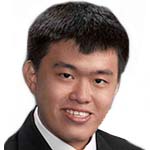 Dr. Chin Yao Wei received his B.S and Ph.D. in Aerospace Engineering from Nanyang Technological University in 2012 and 2019 respectively. He is currently a Research Scientist at Temasek Laboratories, National University of Singapore. His research interest included bioinspired flight such as agile flapping wing drones, bird-like feathered wings, elastic mechanisms, perching mechanisms and smart muscle-like actuators. In Temasek Laboratories, his experience broadens to developing smart acoustic metasurface for noise reduction to improve aural comfort and liveability of urban cities.
Dr. Chin Yao Wei received his B.S and Ph.D. in Aerospace Engineering from Nanyang Technological University in 2012 and 2019 respectively. He is currently a Research Scientist at Temasek Laboratories, National University of Singapore. His research interest included bioinspired flight such as agile flapping wing drones, bird-like feathered wings, elastic mechanisms, perching mechanisms and smart muscle-like actuators. In Temasek Laboratories, his experience broadens to developing smart acoustic metasurface for noise reduction to improve aural comfort and liveability of urban cities.
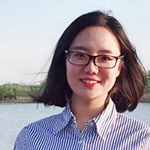 Dr. Chen Ruonan was born in Hebei, China. She earned her doctorate from State Key Laboratory of Lunar and Planetary Sciences, Macau University of Science and Technology in 2022. She joined Temasek Laboratories as a Research Scientist in Mar 2023.
Dr. Chen Ruonan was born in Hebei, China. She earned her doctorate from State Key Laboratory of Lunar and Planetary Sciences, Macau University of Science and Technology in 2022. She joined Temasek Laboratories as a Research Scientist in Mar 2023.